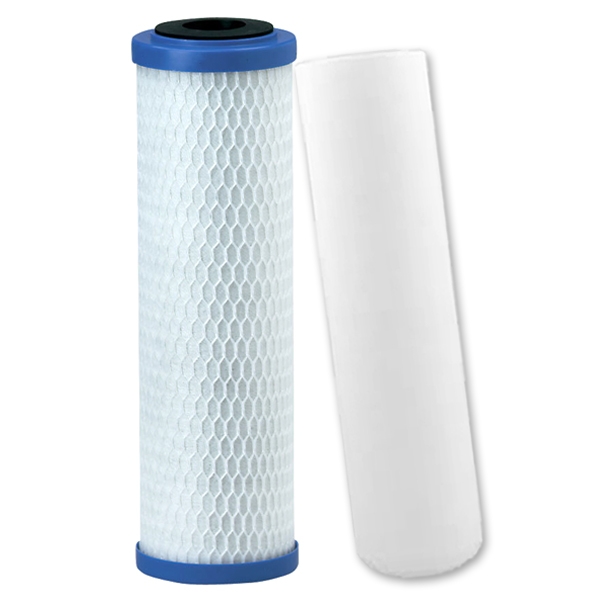Basically I'm splitting another thread to keep from hijacking it at the suggestion of @ca1ore
Diatomaceous Earth filters are one of the very best forms of mechanical filtration. Since they filter down to the range of 1-2 microns they can easily remove parasites such as ick and velvet (even bacteria) from the water column, but they are hard to implement and operate.
I use mine in conjunction with UV. DE for removal of Parasites/Bacteria/ and UV for Bacteria/viruses. The DE filter can also be used for rapid stripping of organics and chemicals when GAC is added to the mix.
If there is an interest - I can show how I run mine and how I've worked around most of the issues involved. I really don't want to engage in debates about efficacy against diseases and whether fallow/quarantine/copper/etc approaches are superior although understanding how and where these pathogens live in the tank helps in getting the most out of the filter.
Read" https://www.reef2reef.com/threads/diatom-filter-for-treating-external-parasites.212429/
for some background.
What I can share is appropriate (and most necessary) for keeping a big tank with sensitive species.
I can also share alternatives which could be used on smaller systems if the interest is there.
Diatomaceous Earth filters are one of the very best forms of mechanical filtration. Since they filter down to the range of 1-2 microns they can easily remove parasites such as ick and velvet (even bacteria) from the water column, but they are hard to implement and operate.
I use mine in conjunction with UV. DE for removal of Parasites/Bacteria/ and UV for Bacteria/viruses. The DE filter can also be used for rapid stripping of organics and chemicals when GAC is added to the mix.
If there is an interest - I can show how I run mine and how I've worked around most of the issues involved. I really don't want to engage in debates about efficacy against diseases and whether fallow/quarantine/copper/etc approaches are superior although understanding how and where these pathogens live in the tank helps in getting the most out of the filter.
Read" https://www.reef2reef.com/threads/diatom-filter-for-treating-external-parasites.212429/
for some background.
What I can share is appropriate (and most necessary) for keeping a big tank with sensitive species.
I can also share alternatives which could be used on smaller systems if the interest is there.



















